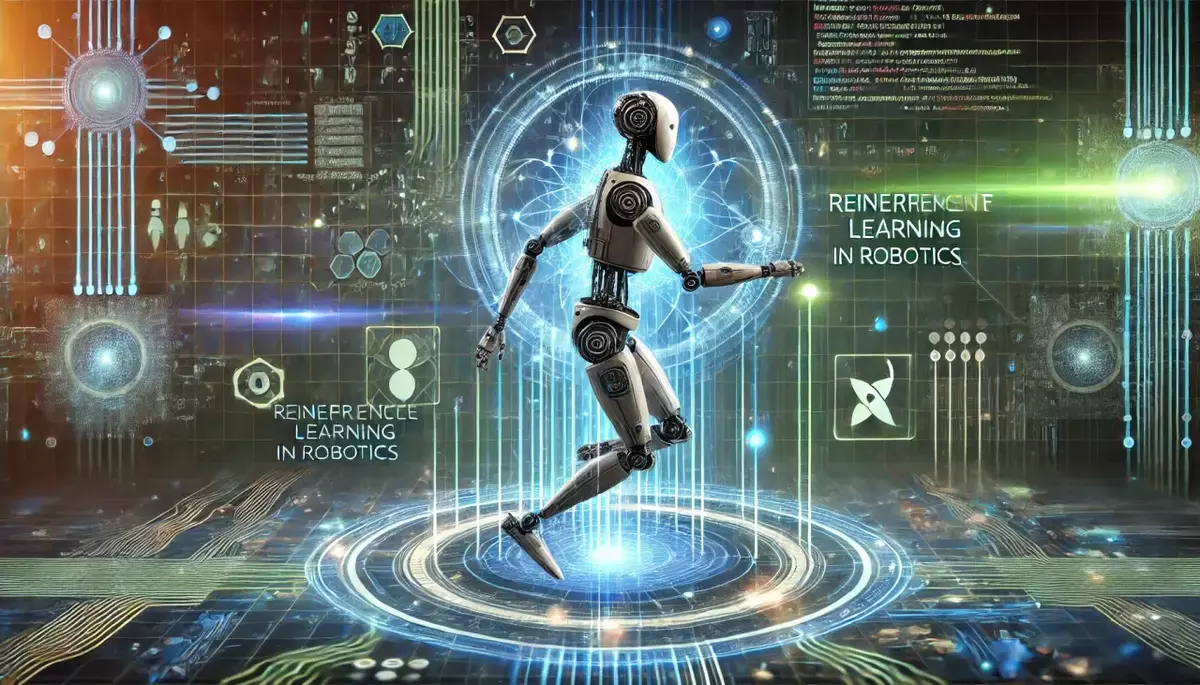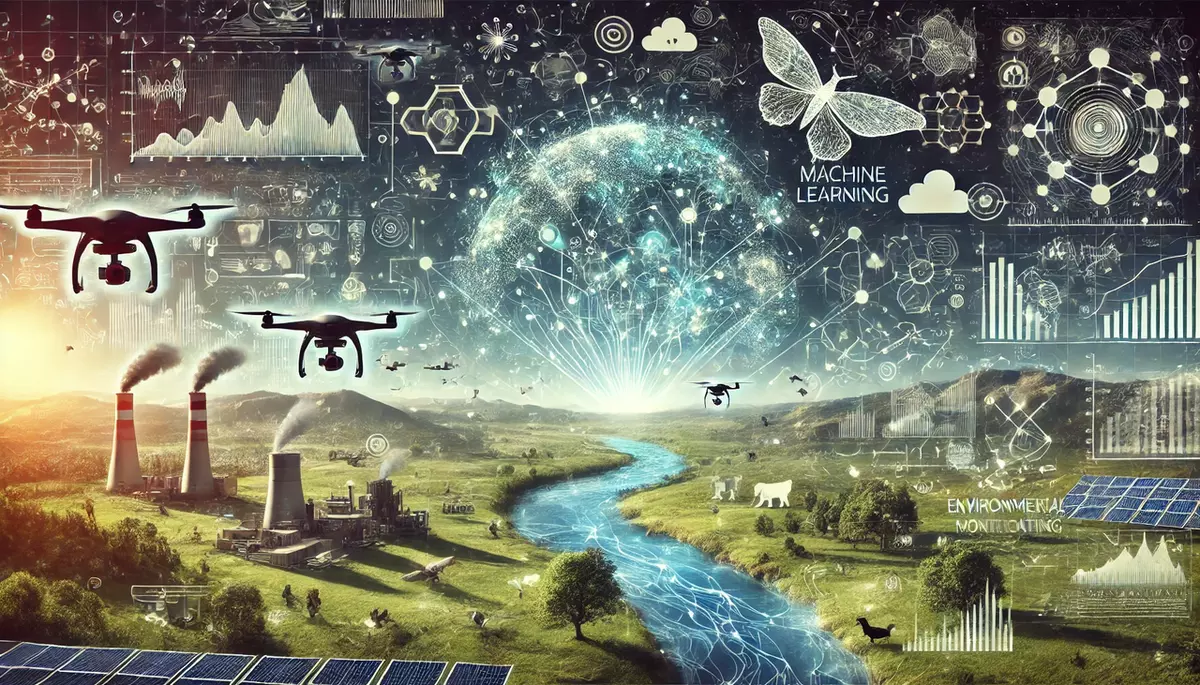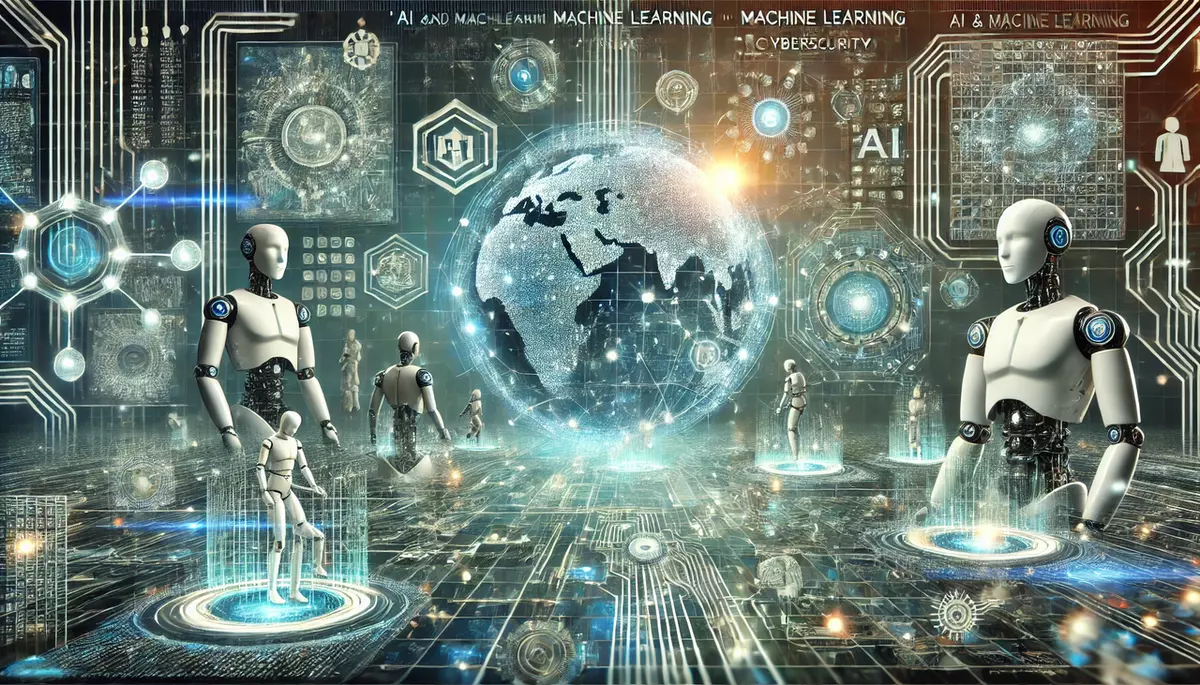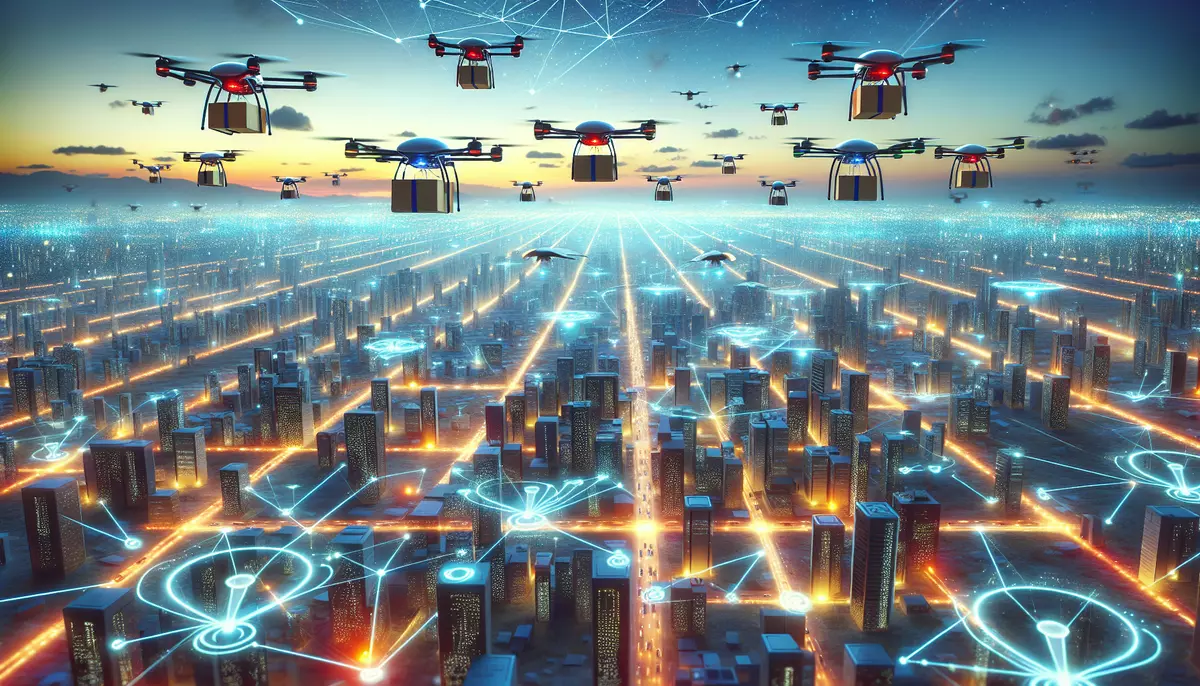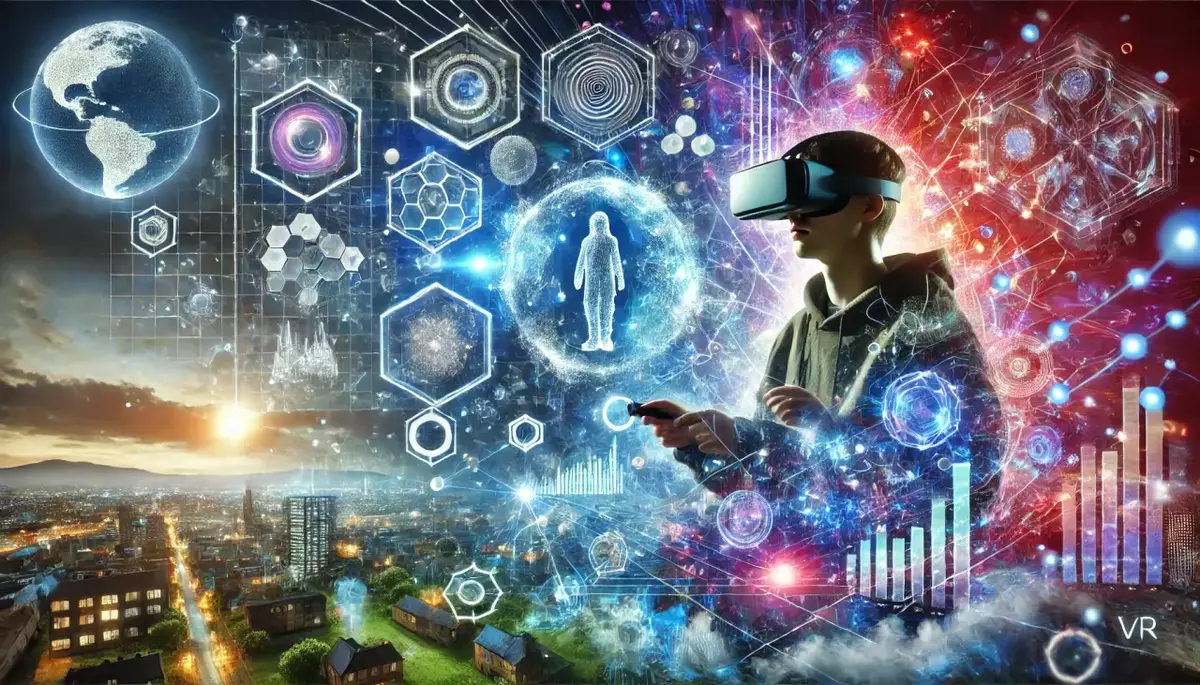Introduction
Reinforcement learning is a powerful machine learning technique that has found widespread applications in the field of robotics. This knowledge article explores the fundamental principles of reinforcement learning and its role in advancing robotic systems, from navigation and control to decision-making and task completion.
What is Reinforcement Learning?
Reinforcement learning is a type of machine learning algorithm where an agent learns to make decisions by interacting with its environment and receiving feedback in the form of rewards or penalties. The agent’s goal is to maximize the cumulative reward over time by taking actions that lead to the most favorable outcomes.
Key Characteristics of Reinforcement Learning:
- Agent-Environment Interaction: The agent interacts with the environment, taking actions and receiving feedback in the form of rewards or penalties.
- Reward Maximization: The agent’s objective is to learn a policy that maximizes the cumulative reward over time.
- Delayed Feedback: The rewards or penalties received by the agent may not be immediate, but rather delayed, requiring the agent to consider long-term consequences of its actions.
Reinforcement Learning in Robotics
Reinforcement learning has become a crucial technique in the field of robotics, enabling robots to learn and adapt to complex environments and tasks. By leveraging the agent-environment interaction and reward maximization principles, reinforcement learning allows robots to develop sophisticated behaviors and decision-making capabilities.
Applications of Reinforcement Learning in Robotics:
- Navigation and Control: Reinforcement learning can be used to train robots to navigate through complex environments, avoid obstacles, and optimize their movements for efficient task completion.
- Manipulation and Grasping: Reinforcement learning can help robots learn how to manipulate objects, grasp them securely, and perform dexterous tasks.
- Decision-Making and Task Planning: Reinforcement learning can enable robots to make optimal decisions, plan their actions, and adapt to changing circumstances to achieve their goals.
- Robotic Learning from Demonstration: Reinforcement learning can be combined with imitation learning, where robots learn from observing human demonstrations, to accelerate the learning process.
Reinforcement Learning Algorithms in Robotics
Several reinforcement learning algorithms have been successfully applied in robotics, each with its own strengths and trade-offs. Some of the most prominent algorithms include:
Algorithms:
- Q-Learning: A model-free reinforcement learning algorithm that learns an action-value function to determine the optimal action to take in a particular state.
- Policy Gradients: A family of algorithms that directly optimize the policy (the mapping from states to actions) by adjusting the parameters of the policy function to maximize the expected reward.
- Deep Reinforcement Learning: The combination of deep neural networks and reinforcement learning, allowing for the learning of complex policies and value functions.
- Hierarchical Reinforcement Learning: Approaches that decompose complex tasks into a hierarchy of subtasks, enabling more efficient and scalable learning.
Challenges and Considerations
While reinforcement learning has shown great promise in robotics, there are several challenges and considerations that need to be addressed:
Challenges:
- Sample Efficiency: Reinforcement learning can be data-hungry, requiring a large number of interactions with the environment to learn effective policies.
- Exploration-Exploitation Tradeoff: Robots must balance exploring new actions to discover better policies and exploiting their current knowledge to maximize rewards.
- Safety and Reliability: Ensuring the safety and reliability of reinforcement learning-based robotic systems is crucial, especially in real-world applications.
- Interpretability and Transparency: The complex nature of reinforcement learning algorithms can make it challenging to understand and explain the decision-making process of the robot.
Future Directions and Trends
The field of reinforcement learning in robotics is rapidly evolving, and several promising directions and trends are emerging:
Future Directions:
- Sim-to-Real Transfer: Developing techniques to effectively transfer policies learned in simulation to real-world robotic systems.
- Multiagent Reinforcement Learning: Enabling robots to learn and collaborate in multi-agent environments, such as in swarm robotics or human-robot interaction.
- Integrating Reinforcement Learning with Other Techniques: Combining reinforcement learning with other machine learning and control methods, such as imitation learning and model-based control, to create more robust and capable robotic systems.
- Ethical and Responsible Reinforcement Learning: Addressing the ethical implications of reinforcement learning in robotics, ensuring the development of safe, reliable, and trustworthy systems.
Conclusion
Reinforcement learning has emerged as a powerful technique for enabling robots to learn and adapt to complex environments and tasks. By leveraging the agent-environment interaction and reward maximization principles, reinforcement learning has led to significant advancements in robotic navigation, manipulation, decision-making, and task planning. As the field continues to evolve, the integration of reinforcement learning with other techniques and the consideration of ethical and responsible development will be crucial for the continued progress of robotics.
This knowledge base article is provided by Fabled Sky Research, a company dedicated to exploring and disseminating information on cutting-edge technologies. For more information, please visit our website at https://fabledsky.com/.
References
- Sutton, R. S., & Barto, A. G. (2018). Reinforcement learning: An introduction. MIT press.
- Kober, J., Bagnell, J. A., & Peters, J. (2013). Reinforcement learning in robotics: A survey. The International Journal of Robotics Research, 32(11), 1238-1274.
- Levine, S., Finn, C., Darrell, T., & Abbeel, P. (2016). End-to-end training of deep visuomotor policies. The Journal of Machine Learning Research, 17(1), 1334-1373.
- Deisenroth, M. P., Neumann, G., & Peters, J. (2013). A survey on policy search for robotics. Foundations and Trends in Robotics, 2(1–2), 1-142.
- Haarnoja, T., Zhou, A., Abbeel, P., & Levine, S. (2018). Soft actor-critic: Off-policy maximum entropy deep reinforcement learning with a stochastic actor. In International Conference on Machine Learning (pp. 1861-1870). PMLR.

